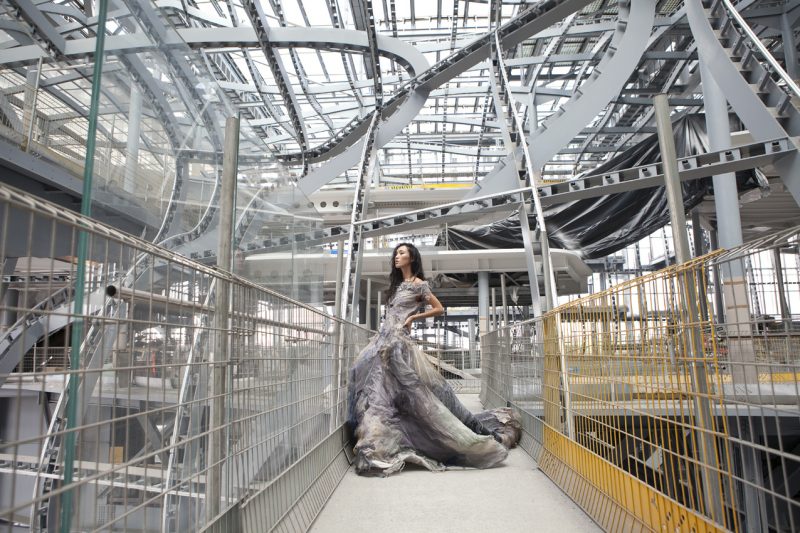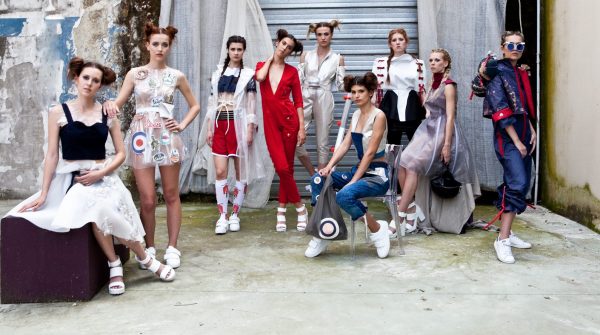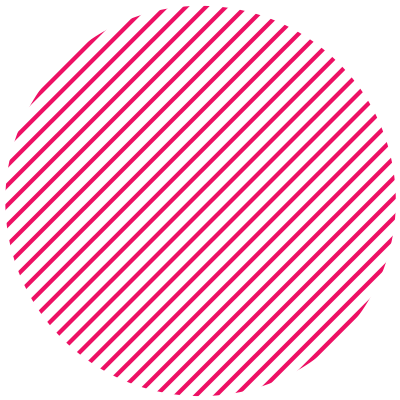Fashion photography is extremely fascinating, transversal and complex. It is not simply portraying and enhancing clothing and accessories but it helps immortalize and capture the spirit of the time.
Let’s explore the world of fashion photography together, with one of its protagonists of excellence, Paolo Belletti, innovative photographer whose curriculum boasts important collaborations and publications (La Repubblica – Living of Il Corriere della Sera – IO Donna L’Espresso – Platform -Ddn – Domus Web – Left Magazine – Wu Magazine – Milano Città Aperta – Landscape stories).
Paolo Belletti represents one of the testimonials that will be presented during the Communication Design undergraduate course, scheduled for October.

1. What qualities should a fashion photographer have? Which are innate and which can be learned?
I think “fashion” photographer is a definition perhaps now obsolete.
Fashion (which does nothing but reflect the mood of society), nowadays, is so transversal and ephemeral that it can be approached in photography from infinite points of view and styles, redefining each time the rules that once they were much more defined.
On the other hand, the days when (few) photographers and (few) supermodels dictated the law have ended, defining a style that became the most characteristic of a given period.
Let’s try to think of the greats of photography Avedon, Meisel, Newton have managed to define, through their genius, to tell the mood of the society of the time in such a clear and defined way as to leave an indelible mark. This is to say that history always teaches and helps in some way to predict the future.
So the first necessary skills are certainly curiosity and desire to know the history of fashion photography and how the image has changed over the years, but also in general the continuous study of what is happening around us. Knowing the world, traveling, finding out who has already done great things is a good starting point to fill your brain with interesting inputs.
Having said that, surely there are those who are more inclined than others, but in this sense a sort of natural selection is normally created. Being a photographer is such a complex and long path that it is hardly pursued for long by those who are not brought.
2. What advice would you give to those who want to take this path?
The advice I can give is to think about it once, twice, a hundred times. But once you decide to throw yourself completely believe it.
Trying, experimenting, reading a lot, documenting oneself, confronting employees in the sector. Start with humility from below and do not rush to burn the stages. Then create your own aesthetic, take inspiration from everything, cinema, literature, architecture, design, there is a world full of inputs ready to enrich and influence us even unconsciously.
Obviously traveling is fundamental, perhaps it is a good starting point to understand the dynamics of today’s world.
3. The visual image is increasingly important in the world of communication: but how does one stand out from the crowd? How do you create an original campaign?
Over the decades, the image has changed a lot, from reassuring and aestheticising in the past to the bearer of culture and social change and denunciation today.
The success of large advertising campaigns has often been dictated by the idea behind them. More or less provocative intelligent ideas that have sometimes managed to shake even public opinion by redefining the identity of the fashion image.
Normally the possibility of going into “not very commercial” land also depends a lot on the customer’s trust in whoever carries out the advertising campaign.

The art director who follows the campaign defines the style and its contents together with the photographer but not always we have to deal with enlightened customers willing to take risks, so we tend to follow a style within the “comfort zone”. But there are the beautiful exceptions.
I am thinking of a job of mine commissioned by a company to which I proposed to take a service underwater. A strong idea but with a very high level of risk and difficulty being a very complex production to organize and manage. The client in that case perhaps a little unconsciously trusted given the opportunity to create a job totally different from the usual campaigns.
4. Today we all believe ourselves photographers, thanks to / because of the smartphone. How important is it to study and how much is learned on the field?
The smartphone has (falsely) brought us closer to the photographic world, redefining and upsetting the relationship that we all had with images.
As in all technological evolution processes, if on the one hand the advent of the smartphone has made us more free to express ourselves with images, on the other hand, however, it has dismantled a series of fundamental processes of photography that were purely linked to the use of analog devices.
Today we often think we know how to photograph and instead we don’t even have the basic knowledge to “manage” the tool.
It is the smartphone that decides for us and not vice versa, leading us to a sort of mental laziness that makes photography totally standardized and cheap. Studying is therefore essential to have the ability to navigate safely in the sea of photography, the practice is equally important and goes hand in hand with the study, as in all professions.
5. What are the new frontiers of this profession?
Photography continues to be an excellent method of investigating yourself before investigating the world. A sort of therapeutic act which, if done well, allows us to express our unique and personal vision of the world. This can be an interesting frontier: maintaining a high level is an important act for us photographers in order not to devalue a world that is now full of useless images.
Photography has been a bit lost, the field has become so wide that it is almost difficult to see its borders. Perhaps it would be interesting to go back to the origins, the real new frontier for me is to work looking to the future taking into account what photography has produced in the past.
Instagram may seem like a platform to waste time but like all things it can become a very useful tool: for example an excellent digital library where to draw and be inspired, just have an eye. Let us be influenced by what happens around us but always having a critical eye!
For more information on the Communication Design Course visit the course sheet or send an email to orientamento@modartech.com


